|
|
|
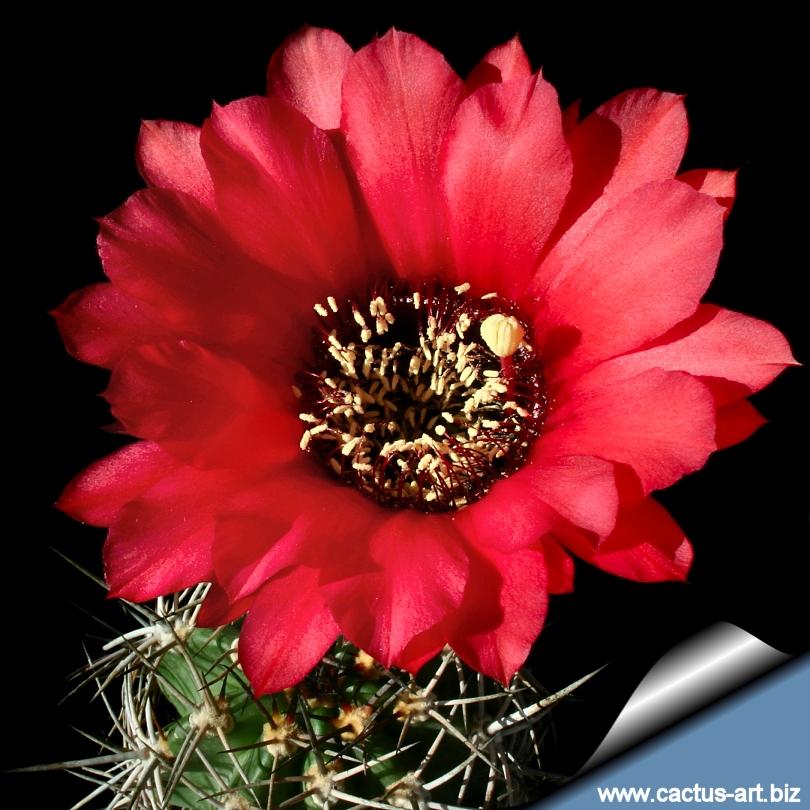
Lobivia crassicaulis
( R151a Andalgala - Hualfin, Catamarca, Argentina )
This is a smaller growing species fiercely spined that will
slowly cluster from the base.
|
|
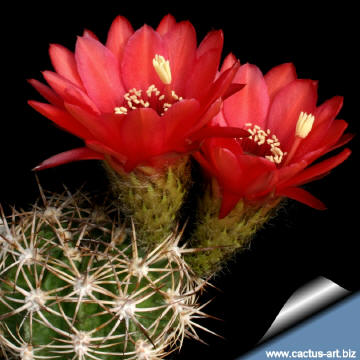
The body is very dark and bears large flowers reminding one of red
velvet cloth. |
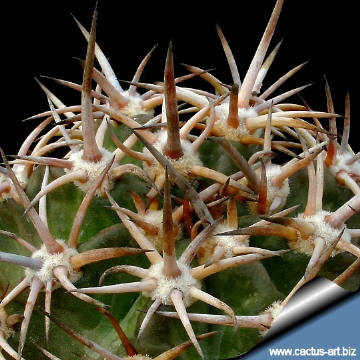
The spines are short but impressively strong and very showy.
|
|
. |
|
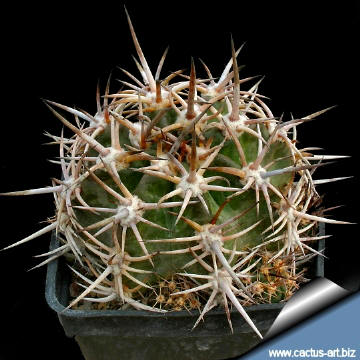 |
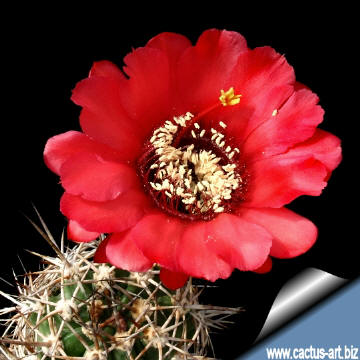 |
|
. |
|
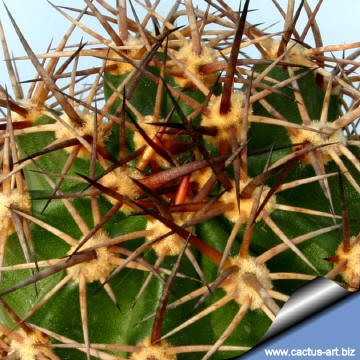 |
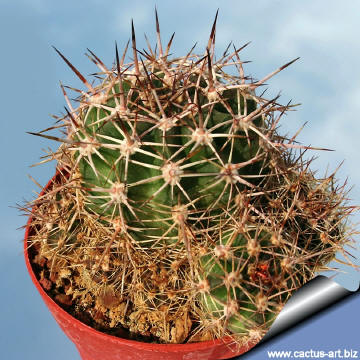 |
|
. |
|
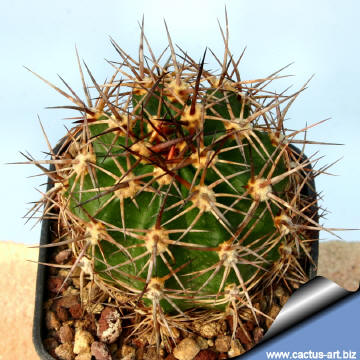 |
 |
|
Advertising
|
|
|
|
|
Family:
Cactaceae (Cactus
Family)
Scientific name:
Lobivia
crassicaulis R. Kiesling
in:
Darwiniana1978
Origin: Northern
Argentina, Catamarca, La Estancia.
Conservation status: Listed in
CITES appendix 2.
Common Name:
Taxon
synonyms:
- Echinopsis crassicaulis (R. Kiesling) H. Friedrich &
Glaetzle 1983
- Helianthocereus crassicaulis (R. Kiesling) Backeberg
In:
Kakt. Lex.1966 (n.val.pub.)
- Lobivia grandiflora v. crassicaulis
(Bkbg.) Rausch.comb. nov.
- Lobivia andalgalensis Br. & R. non Web.
In: Cactaceae 1922
- Trichocereus catamarcensis Ritt.
in: Kakteen 1980/451.
|
|
Description:
Slow growing species will form large clumps in time.
Stem: Small, up to 15 cm tall and 10 cm broad, very dark green offsetting from the base.
Spines: Short but very strong with a large base: centrals
1 up to 3 cm, radials 6 to 15 up to 2 cm long.
Flowers: Very showy orange or red reminding one of red velvet
cloth.
|
|
|
|
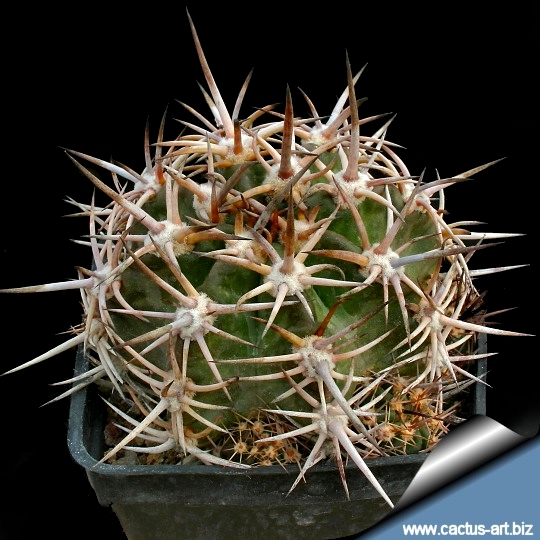
The spines
of plants in cultivation are usually weaker because many growers fail to
give them a full sun exposure.
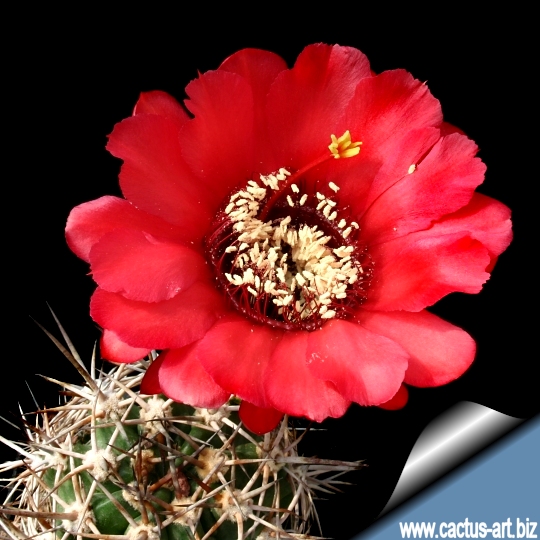 |
|
Cultivation: It is a summer
grower species that offers no cultivation
difficulties. Lobivia crassicaulis has a fairly large
tap root, and should be kept in a deep pot with a very draining mineral
substrate. Water regularly in summer (but do not
overwater ) keep dry in winter. Feed with a high potassium fertilizer in
summer. Repot yearly until reaching about 100 mm in size, then
every two or three years will suffice. Repotting is best done at the end
of winter but can be done at other times. Do not water for a couple of
weeks after repotting to reduce risk of root rot via broken roots.
Repotting will increase size of stems. It
is quite cold tolerant if kept dry (hardy to -12° C).
Need a very bright exposure, full sun is
indispensable to keep plant compact with strong spines.
Propagation: Direct sow after last
frost, grafting or
offsets (if available)

 |
|